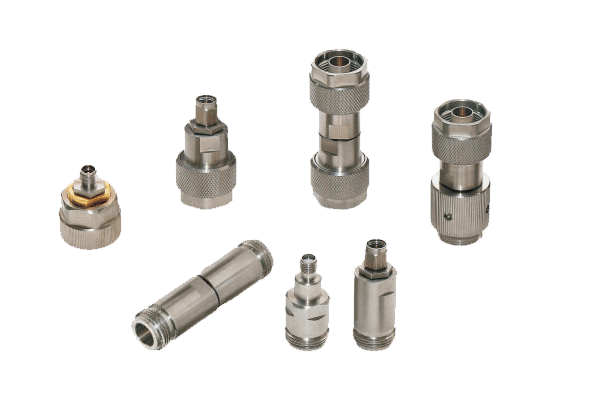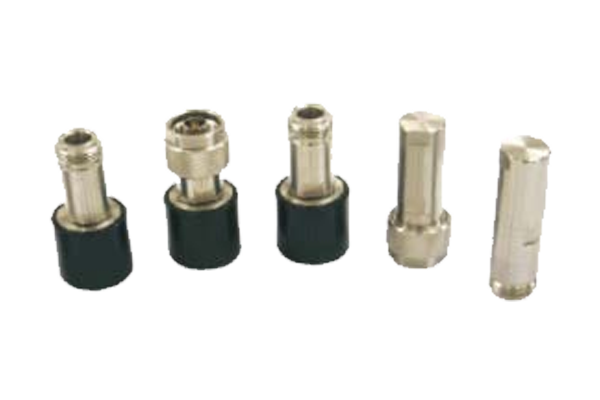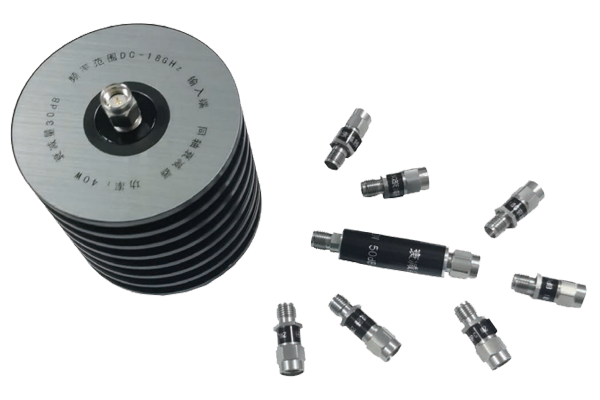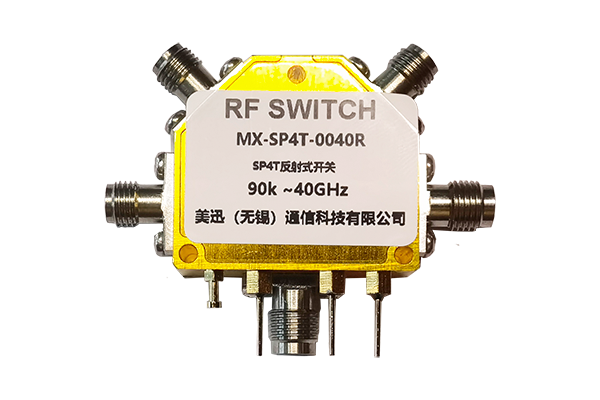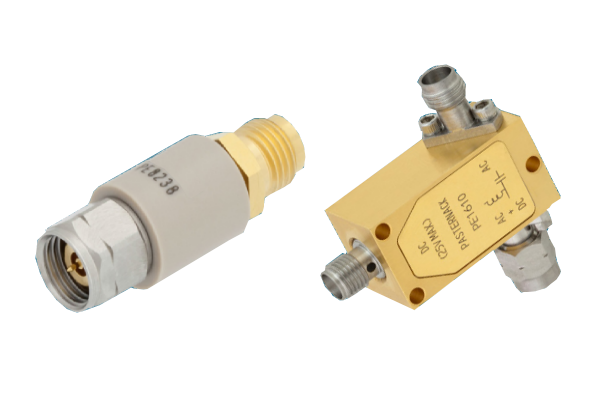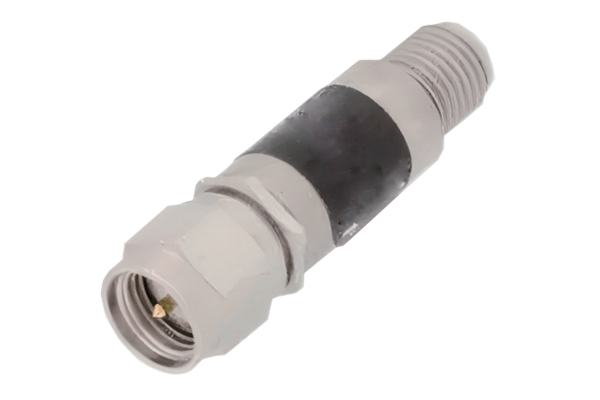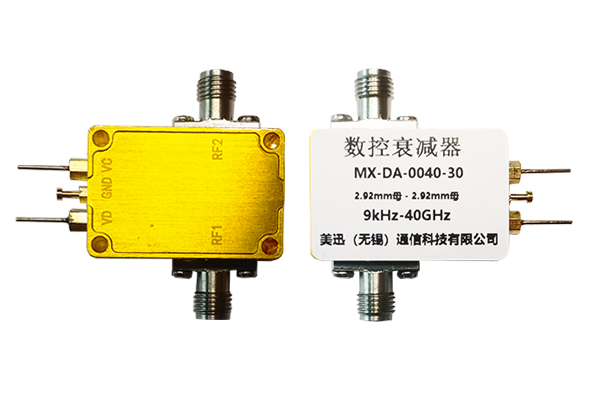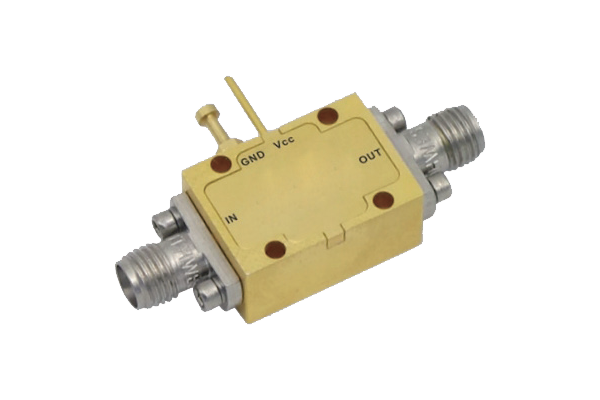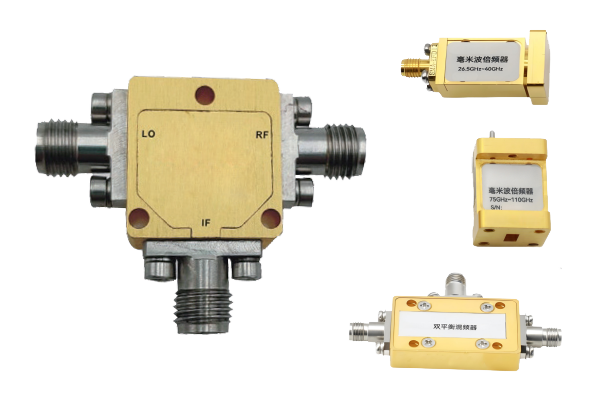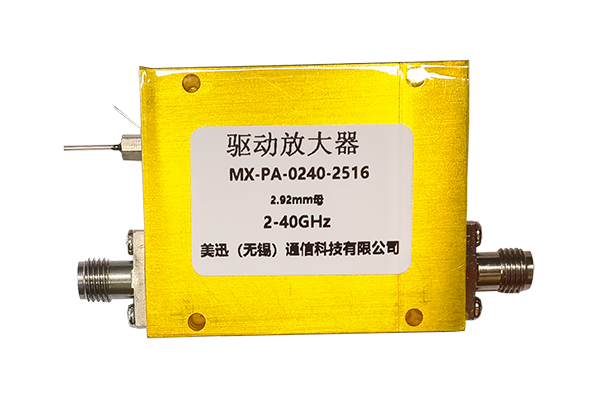How to Reduce Power Consumption in RF Low-Noise Amplifiers
RF Low-Noise Amplifier Optimization
Technical strategies for improving efficiency and reducing power consumption
Circuit Topology Design
- By streamlining the RF low-noise amplifier's circuit structure, unnecessary amplification stages and redundant components are reduced, thereby reducing overall circuit energy loss.
- Employ an efficient matching network design to avoid power reflection and waste caused by impedance mismatch, enabling more efficient conversion of input power into useful output signals.
- Rationally plan signal paths to shorten high-frequency signal transmission distances and reduce the additional power consumption caused by line losses.
Materials and Devices
- Prioritize the use of semiconductor materials with low power consumption characteristics for the core components of the RF Low-Noise Amplifier.
- Use transistors with high electron mobility to improve current utilization efficiency and reduce ineffective energy consumption.
- Select passive components such as capacitors and inductors with low leakage current to reduce power loss during standby or low-load conditions.
Bias Circuit Strategy
- Design an adaptive bias circuit to enable the RF Low-Noise Amplifier to dynamically adjust its operating current based on input signal strength.
- Use a low-temperature drift voltage reference to ensure stable bias circuit operation under various conditions.
- Optimize the bias network power supply method to reduce energy consumption in components such as the voltage divider resistor.
Thermal Management & Energy Efficiency
- The thermal stability of the RF low-noise amplifier is enhanced by optimizing the heat dissipation design to prevent increased power consumption due to excessive temperatures.
- Rational power distribution is planned to minimize energy loss during power conversion and ensure power supply efficiency.
- While meeting performance targets, operating voltage and current density are appropriately reduced to achieve a balance between power consumption and performance.








